
The complete coincidence of words denoting a representative of a nationality and an event (or object) is called ‘homonymy’. In our case, the ‘homonymy’ occurs due to the suffix -ka. By default, it indicates the feminine gender (as a grammatical category), but it performs several functions at once.
Firstly, it forms feminatives - feminine nouns formed from the corresponding names of the masculine gender (‘student - studentka’). Secondly, it forms diminutives (notebook: ‘tetrad - tetradka’). Thirdly, verbal nouns (cut hair - haircut: ‘strich - strizhka’). Finally, it is needed to form nouns from word combinations, as the Russian language is distinguished by the tendency to be concise (Lenin library: ‘Leninka’).
What surprising meanings have the words for foreign women acquired?

This word refers to the game of billiards. Some fans use the word when referring to American pool, but more often ‘Amerikanka’ refers to the pyramid discipline (‘Russian’ billiard). Because of the relative simplicity of the rules, it is the most popular discipline among beginners.
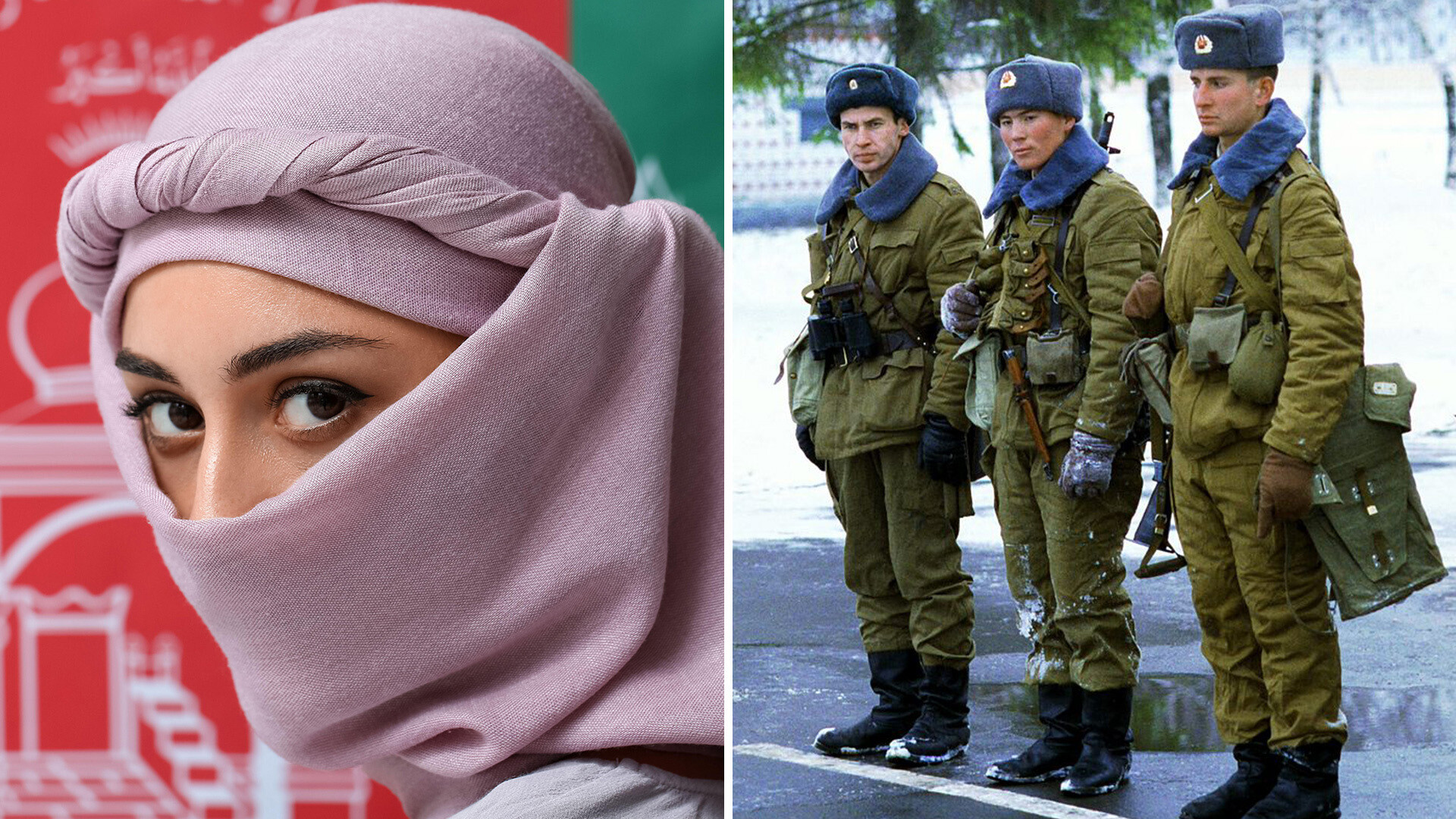
Russian military personnel use this word primarily to describe a certain type of field uniform. They began to produce it in the late 1970s, but it started arriving in units only in 1984, first of all for the contingent deployed in the war in Afghanistan. The uniform consisted of three garments - jacket, pants and headwear - and included both summer and winter designs. Initially, the ‘Afghanka’ was sewn in khaki color, but, later, different colors were adopted for different army branches.

In Russia and in the former Soviet Union, this is the word for an angle grinder. It acquired an additional meaning in the 1970s: it was then that this tool by the Eltos brand first appeared in the USSR, which was produced in the Bulgarian city of Lovech. Against the background of this affectionate name of a dangerous power tool, the people created ambiguous expressions like “you have to hold the ‘bolgarka’ tighter.”

A record-breaking word for the number of meanings it has. In addition to referencing Hungarian women, it is also the name of a native plum with a dark skin, from which prunes are produced. Fishermen also use the word when referencing a fishing gum. For cooks, it is a puff pastry with cottage cheese or apple, while dancers will recall a ballroom dance reminiscent of a Hungarian czardasz or a gypsy dance.
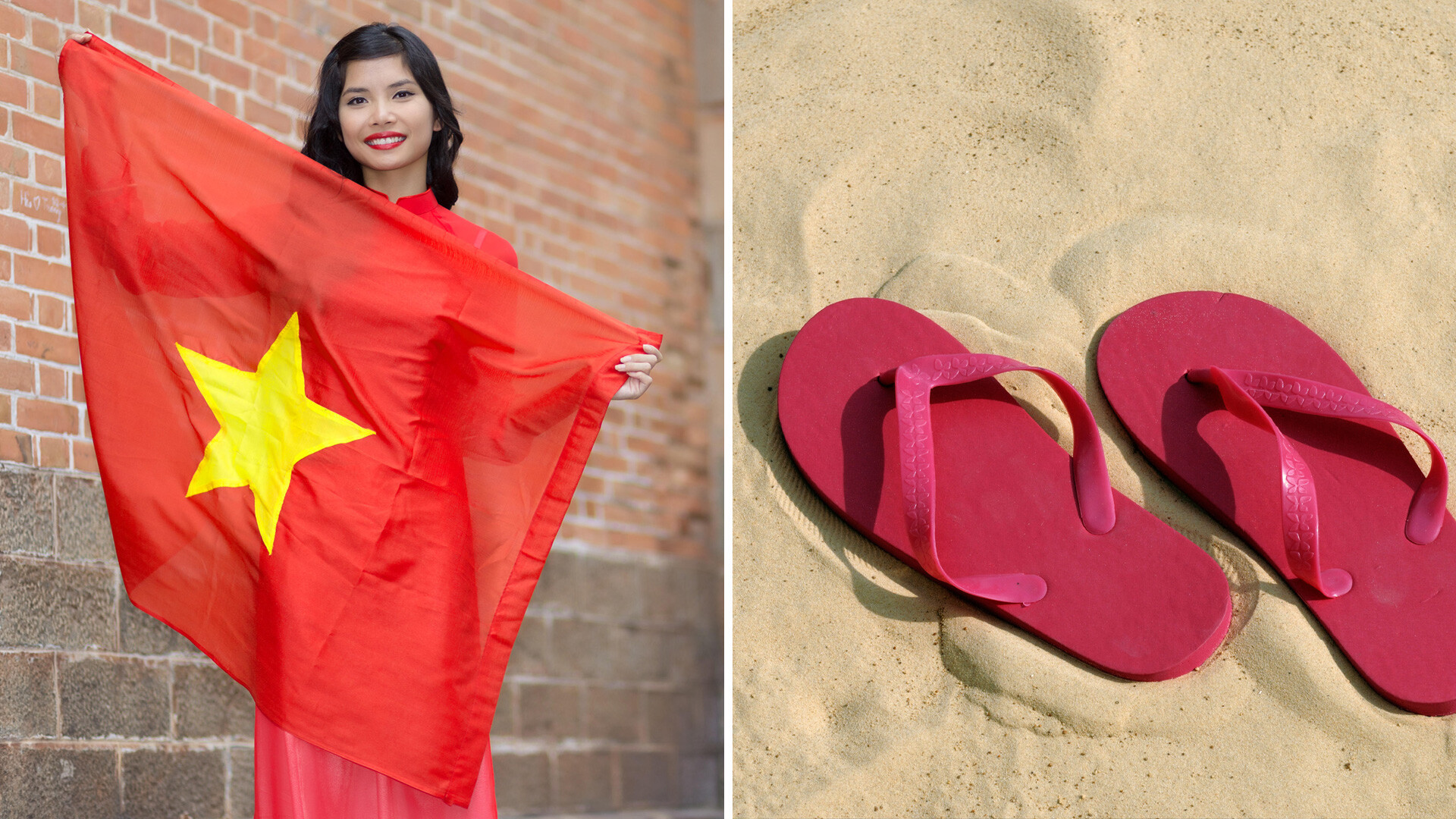
If you type the word ‘vietnamka’ into a search engine in Russian, it will produce images of rubber flip-flops. These specific slippers consist of a sole and two straps that are secured between the big toe and index toe.
In the USSR, Vietnamese “slippers” appeared in the mid-1960s. According to recollections of Soviet residents, these slippers began to be supplied on a barter basis, as Moscow was providing military and technical assistance to Hanoi. Later, the country set up its own production and slippers began to be produced in the town of Slantsy, Leningrad Region. That is how the second name for the iconic rubber slippers appeared in the USSR - ‘slantsy’.
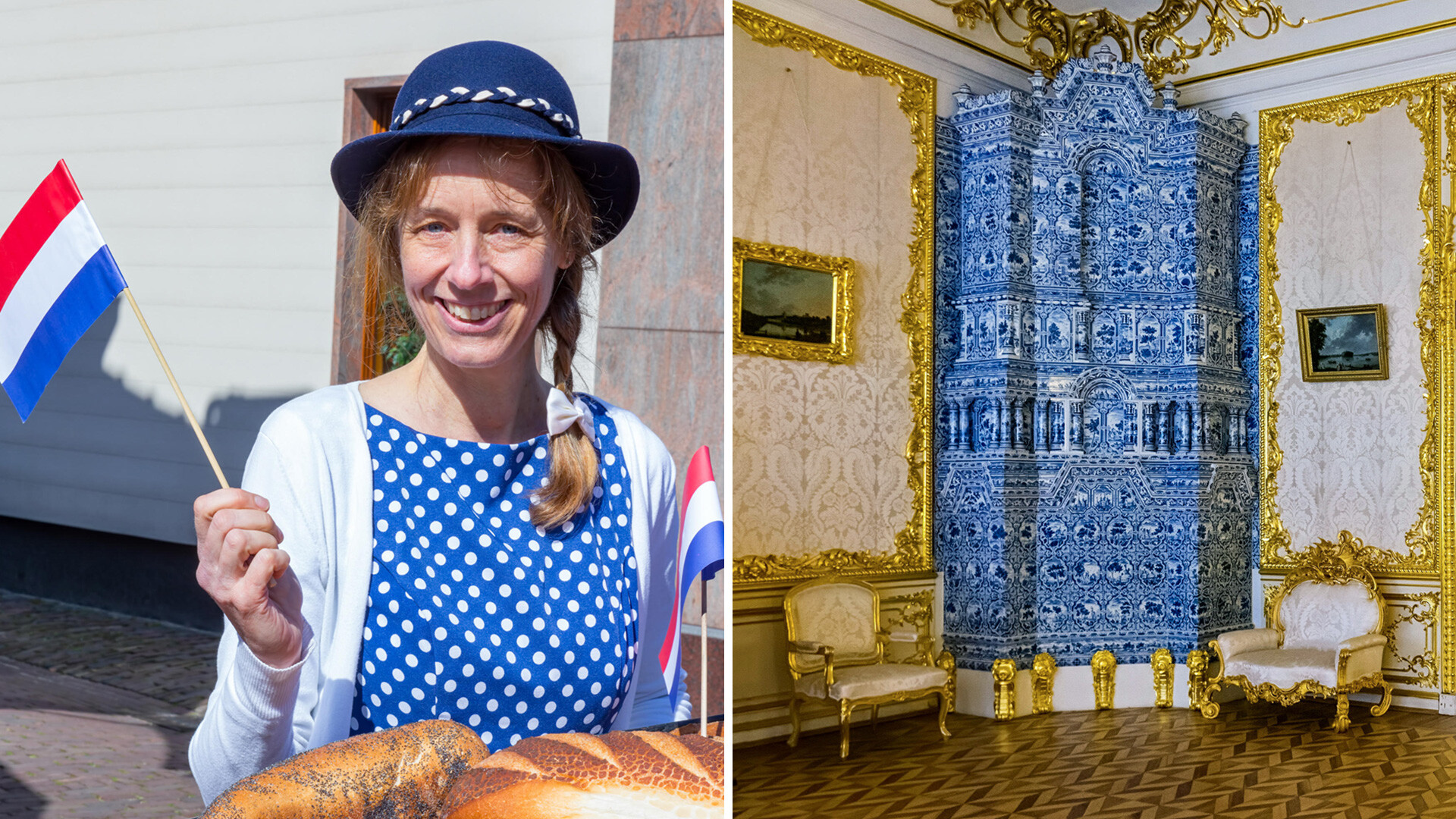
In Russia, a tall brick oven is called ‘gollandka’, usually lined with glazed painted ceramic tiles (blue pattern on white tiles is considered a classic). Such tiles were first manufactured in the Dutch city of Delft in the 17th-18th centuries and, later, in other European countries.
The ‘gollandkas’ appeared in Russia thanks to Peter the Great. Before him, Russian stoves in houses were used without a chimney, meaning that the smoke went directly into the room. This method of heating was dangerous, so the tsar ordered the furnaces to be built in the Dutch manner, with chimneys.
During the same period, Peter established the production of tiles in Strelna - white tiles with a blue pattern. He hired the Dutch, the Swedes and the Germans to build the factory.
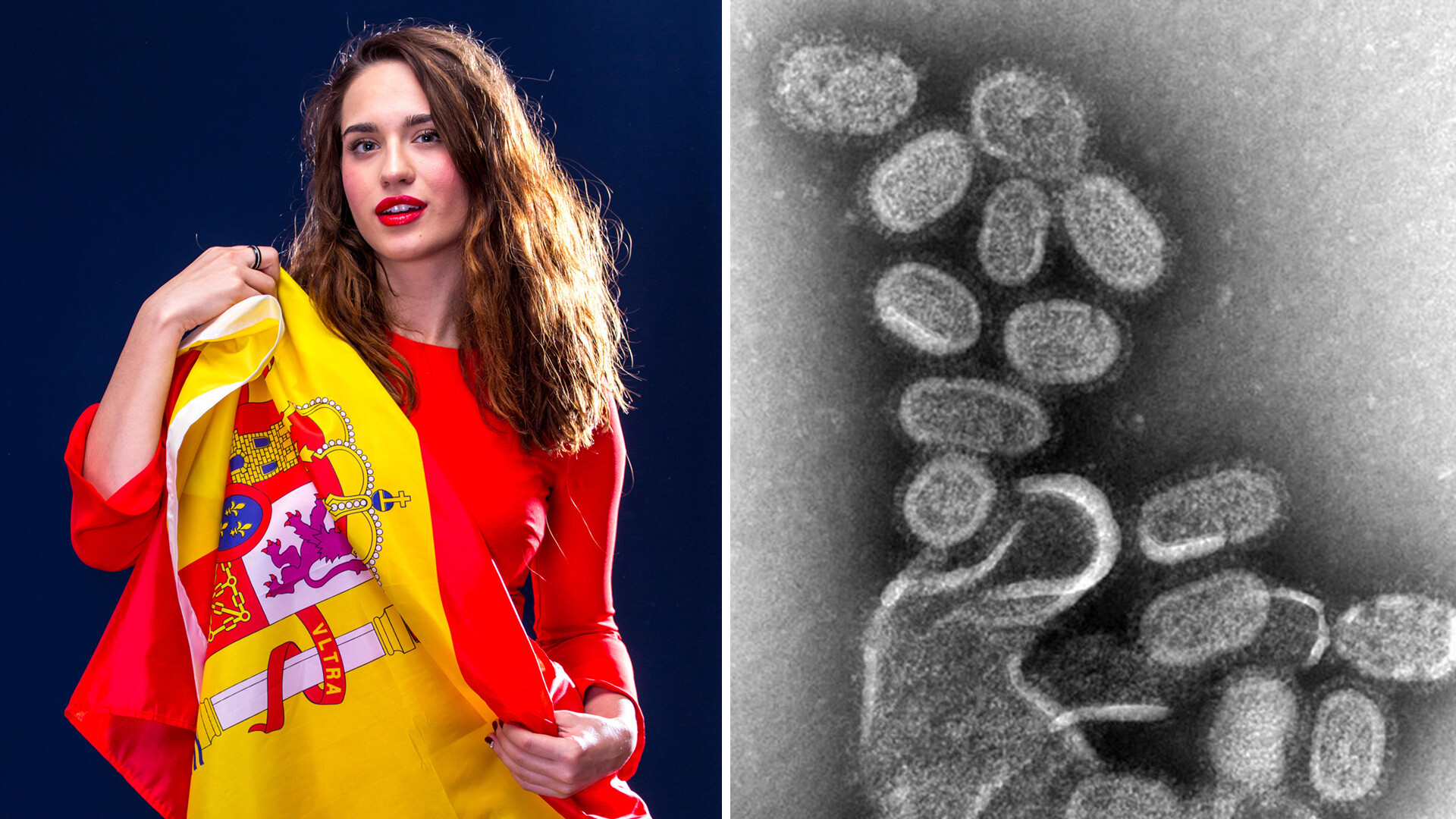
This word took on a grim meaning in 1918 when the Spanish flu pandemic began. Despite the distinctive name, the source of the flu was not Spain, but the United States. American troops brought it to Europe and the first news of the pandemic came from Spain in the late Spring of 1918. By that time, 8 million people in the country, or 39% of the population, were infected.
In Soviet Russia, the Spanish flu was considered a “bacteriological weapon” used by the enemies of the revolution against the young Soviet country. During the pandemic, over 1.25 million cases were reported nationwide (but in fact, taking into account the revolutionary times, the numbers were much higher).
This is the name of a dance and comes from the old name for Serbs - ‘Srbijane’. The ‘srbijanka’ became widespread at the end of the 18th century, according to researchers and appeared directly in Russia, but was formed under the influence of the Gypsy folk dance.
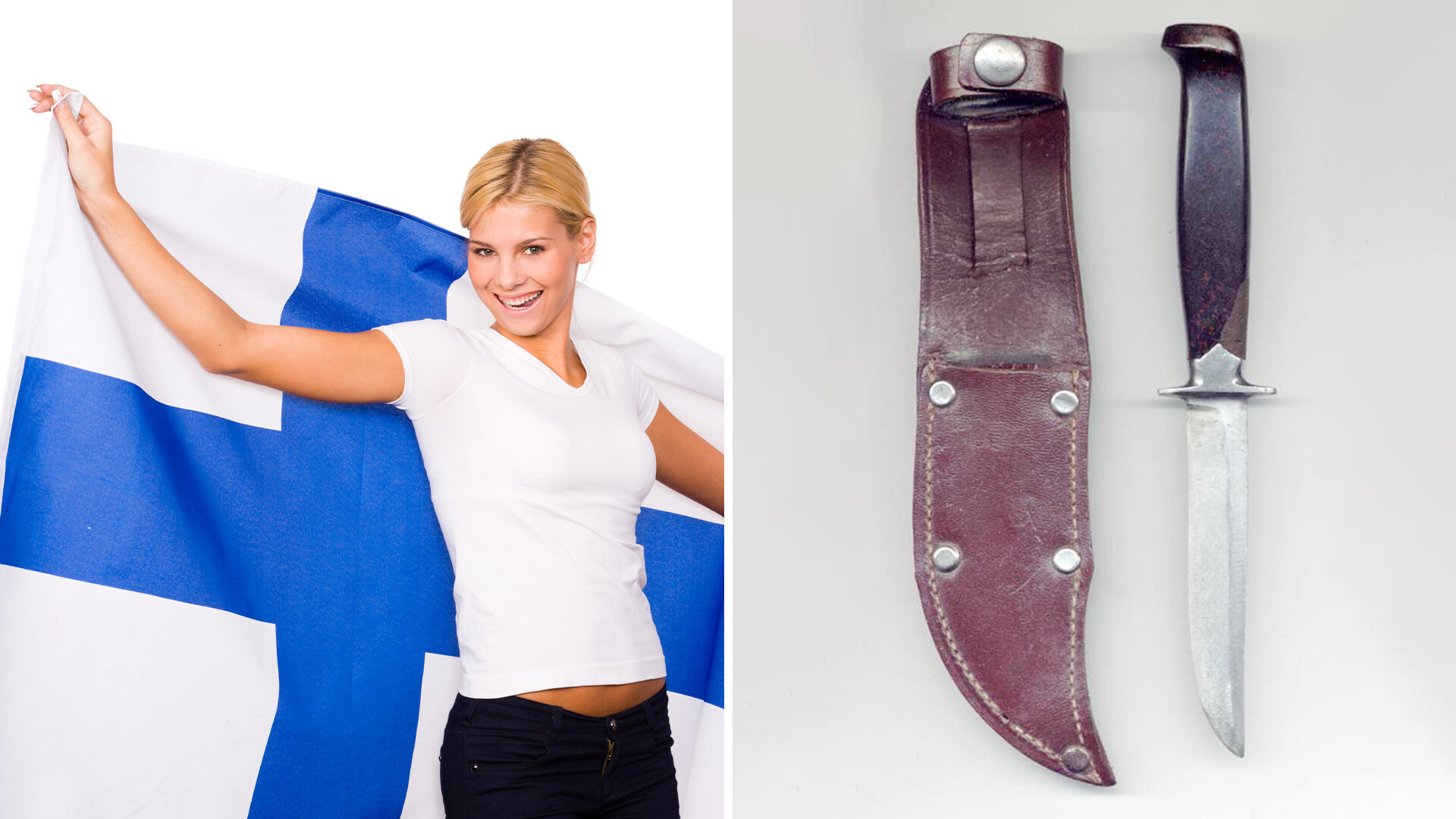
There is a type of knife called ‘finka’ in Russia. Knife culture on the territory of Finland has actively developed due to gun control, which came from Sweden and then from the Russian Empire (in different years Finland was a part of these two states). Knives were considered a household tool, the prohibition did not apply to them, so there were many types of knives: for hunting, fishing and household purposes.
Because of Finland’s proximity to St. Petersburg, Finnish knives gained wide popularity in the city - especially in the criminal world. An attempt to control the circulation of knives was made only in the early 1920s.
Russia was well aware of the Finnish knife also because of the four major armed conflicts with Finland between 1918 and 1944. By 1941, the techniques of knife handling and defense were included in the ‘Red Army Hand-to-hand Combat Training Manual’.
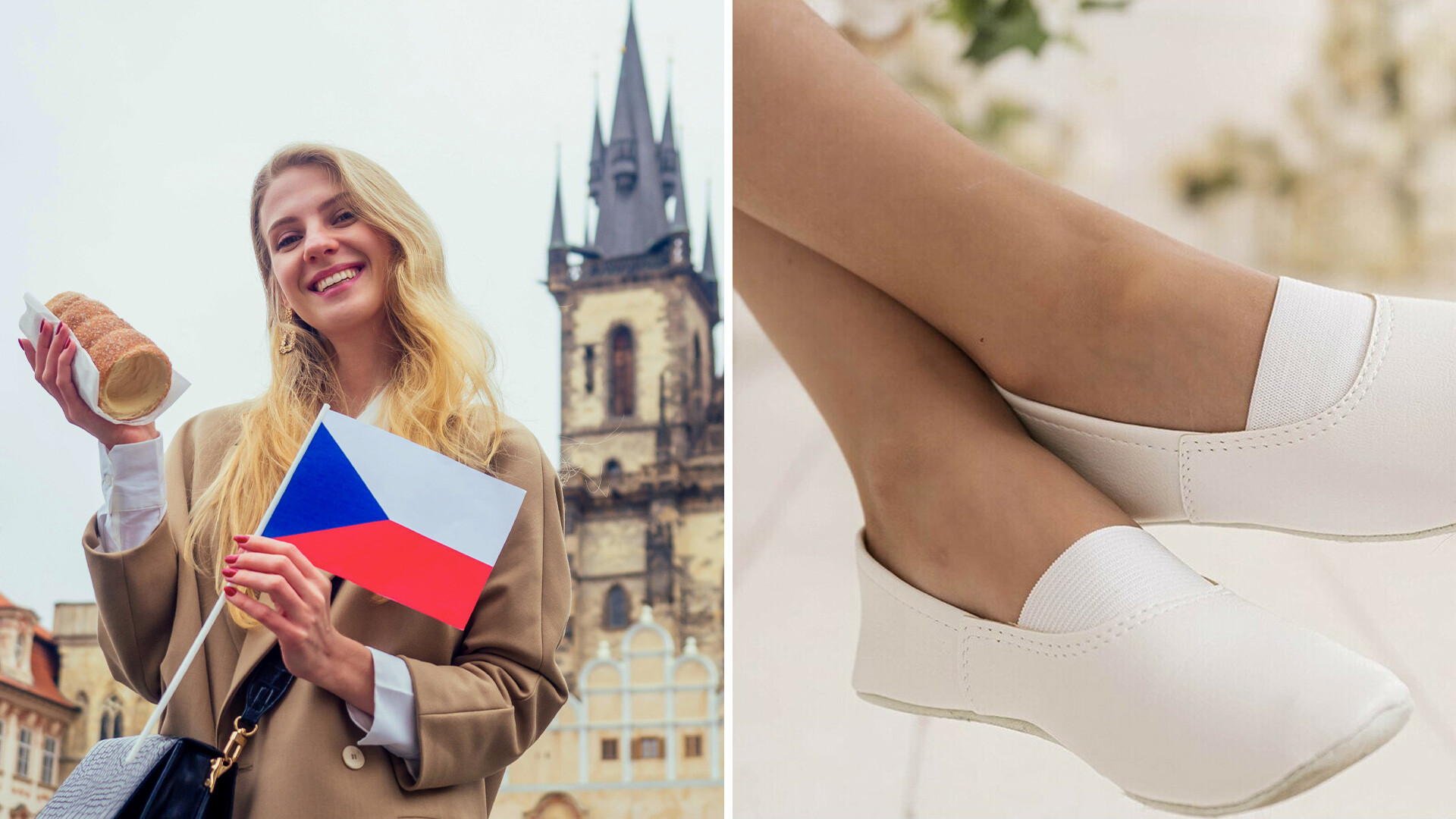
‘Czeshkas’ are familiar to absolutely everyone in Russia and the former Soviet Union: in kindergarten, it was must-have gymnastics footwear. These thin-soled leather athletic slippers were created in the Czech Republic in the 1870s, but only a century later appeared in the USSR.
“Not a single matinee could go without black shorts over white tights pulled up to my chest, a shirt with ruffles and… these black ‘cheshkas’. The girls had the same tights, white dresses and white ‘cheshkas’. I still remember the shuffling sound of the ‘cheshkas’ on the floor of the kindergarten hall,” people recalled on an internet forum called ‘Back to the USSR’.
Czechoslovakian shoes were generally favored by Soviet citizens, because they looked more aesthetically pleasing than Soviet-made shoes. Shipments quickly disappeared from the shelves and it was easier to find a pair of Czechoslovakian shoes on the black market, rather than in stores.
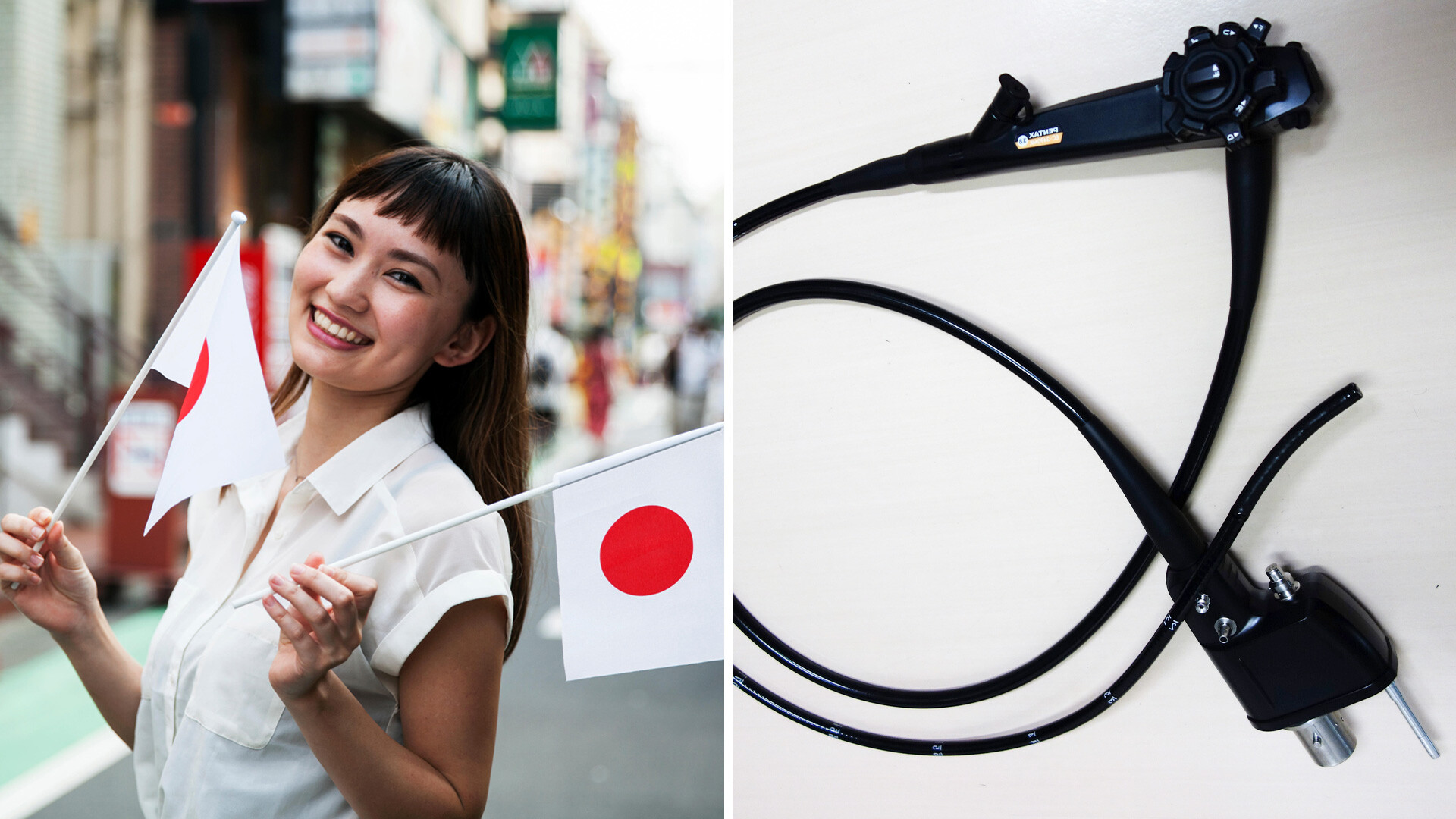
For some citizens, the word ‘yaponka’ makes them gag convulsively: that is the medical jargon for gastroscopy. The name appeared, due to the fact that endoscopic systems supplied to Russian medical institutions were often made in Japan.
Dear readers,
Our website and social media accounts are under threat of being restricted or banned, due to the current circumstances. So, to keep up with our latest content, simply do the following:
If using any of Russia Beyond's content, partly or in full, always provide an active hyperlink to the original material.
Subscribe
to our newsletter!
Get the week's best stories straight to your inbox